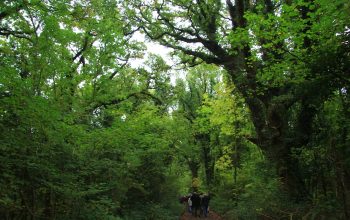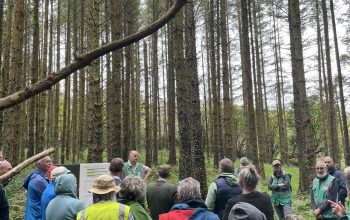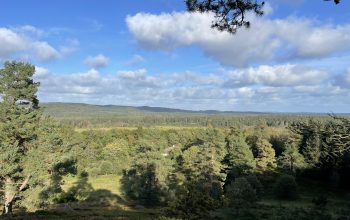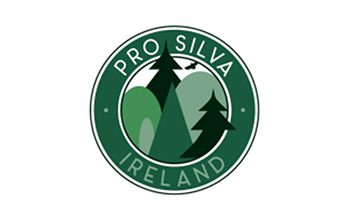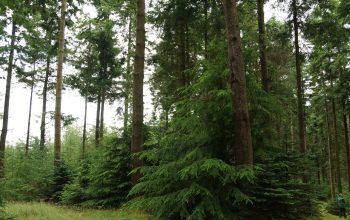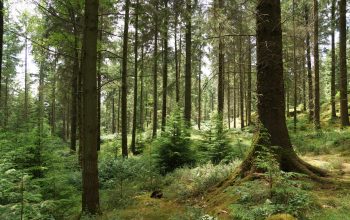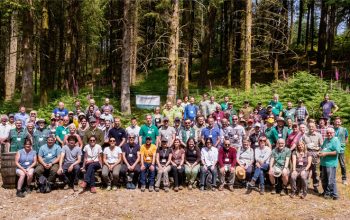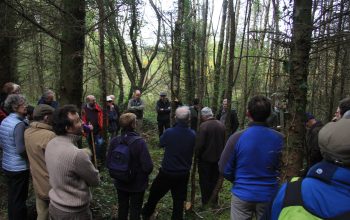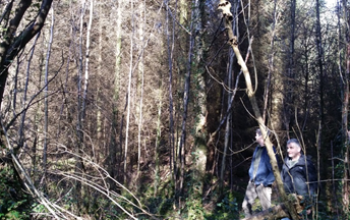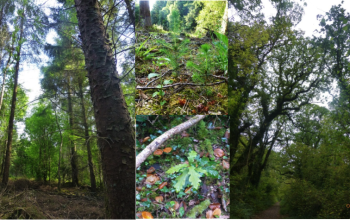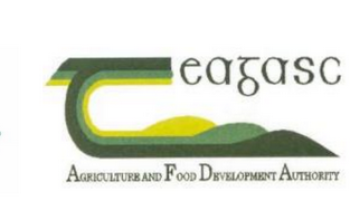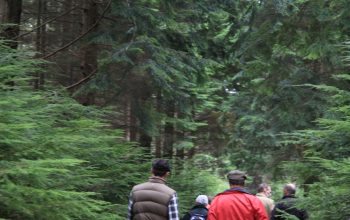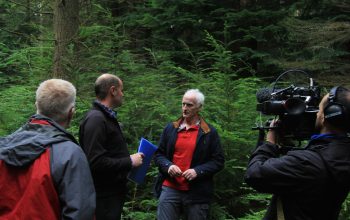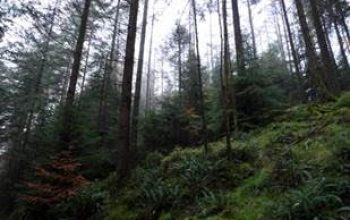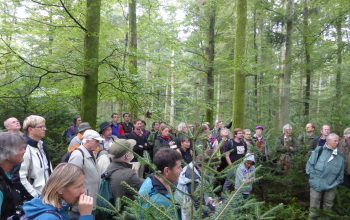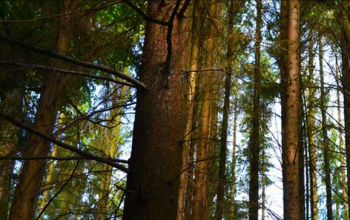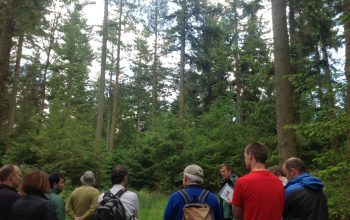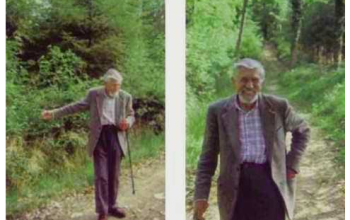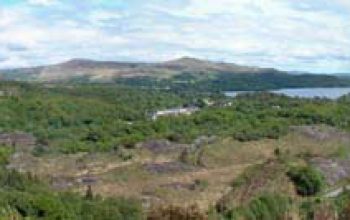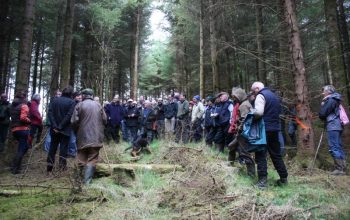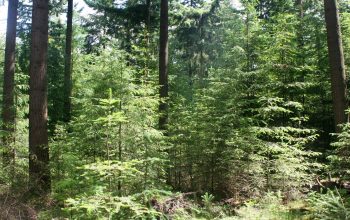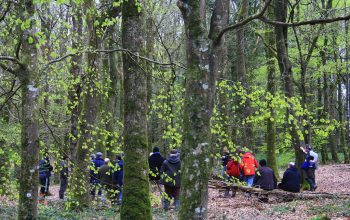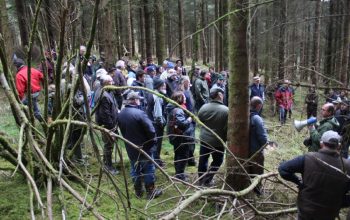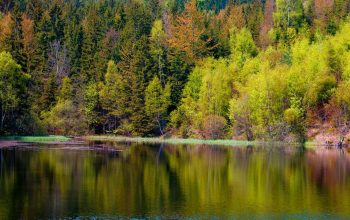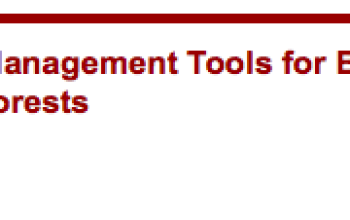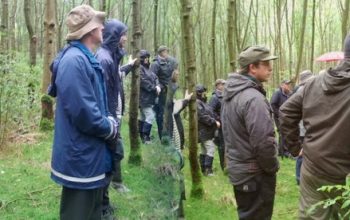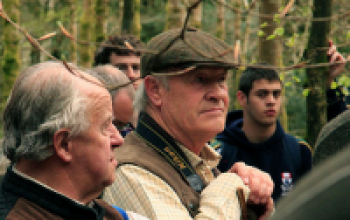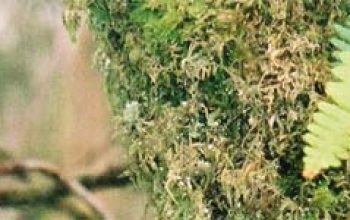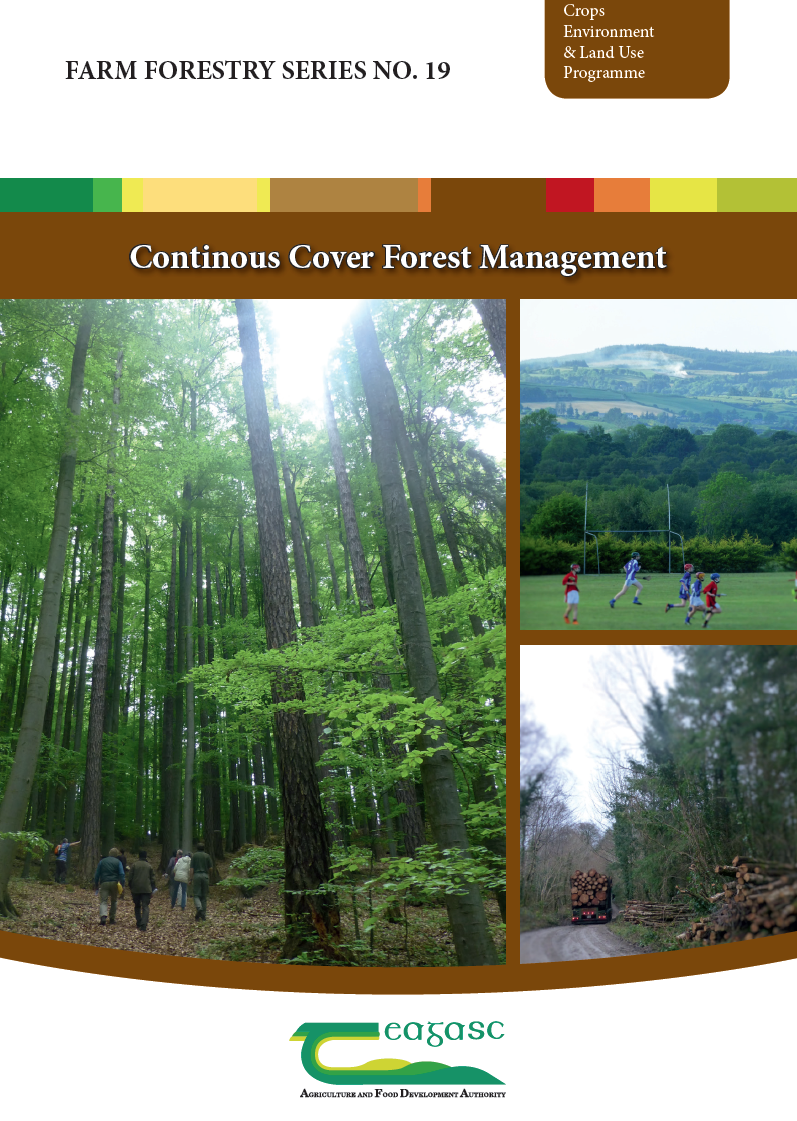
o
ProSilva Ireland held a very informative day at Raheen Forest, Tuamgreany, Co. Clare, last Saturday on the 8 October. It was led by ProSilva committee member and site forester/mycologist, Jonathan Spazzi. We were also delighted to share news of a significant publication by Teagasc and Jonathan Spazzi on Continuous Cover forest management. The new Teagasc guide is the first government sponsored publication to offer information for farmers of an alternative to clearfell forestry approaches. It is also important, as much of the emphasis to move toward non-clearfell forestry is being advanced by the private sector (Click on the image above to download the booklet).




At the ProSilva Ireland forest meeting, Jonathan shared detailed discussions of Raheen forest’s past and present management of areas of regenerating Sessile Oak and spruce timber production. Jonathan showed us how half of the estate is currently leased to Coillte for spruce timber production through clearfell/replant. Following a period of inactivity, the private part of the estate resumed management in 2014 (following storm Darwin).
In particular, Jonathan and members of the ProSilva Ireland committee shared information about ancient Oak conservation/regeneration management, with some particular consideration of the size of light gaps to encourage natural regeneration, and the role of fungi for tree health and soil enrichment; timber production through CCF-selective felling/regeneration of mature conifers/broadleaves; the necessity of early thinning in birch-oak pole stage and the economics of low impact silvicultural systems (LISS) for spruce timber production – an important consideration for landowners considering changing their forest management approach. (See also the recent Irish forest journal publication, ‘Factors affecting the economic assessment of continuous cover forestry compared with rotation based management’, co-authored by some of the ProSilva Ireland committee of an initial study of the economic returns of CCF management here).










ProSilva Ireland wishes to thank William McLysaght’s family for allowing us to meet at, and learn from such a wonderfully diverse and flourishing forest. It was clear to see how work is progressing to advance integrated forestry management for multiple aims; how alternative forest management of conifers and broadleaves through a Close to Nature Management approach is producing commercial timber (softwood saw-log and hardwood firewood), and which also offers high resilience in terms of structural and species diversity (both conifers and broadleaves), including the 10 hectare section of Ancient Oak Forest currently under conservation management. These benefits also contribute the forest 2 hectare Community Woodland Area as a much valued social amenity for the local community and local schools.
For further queries on Raheen forest or the new Teagasc guide contact: Jonathan Spazzi 086 3408140
Save
Save
Save

